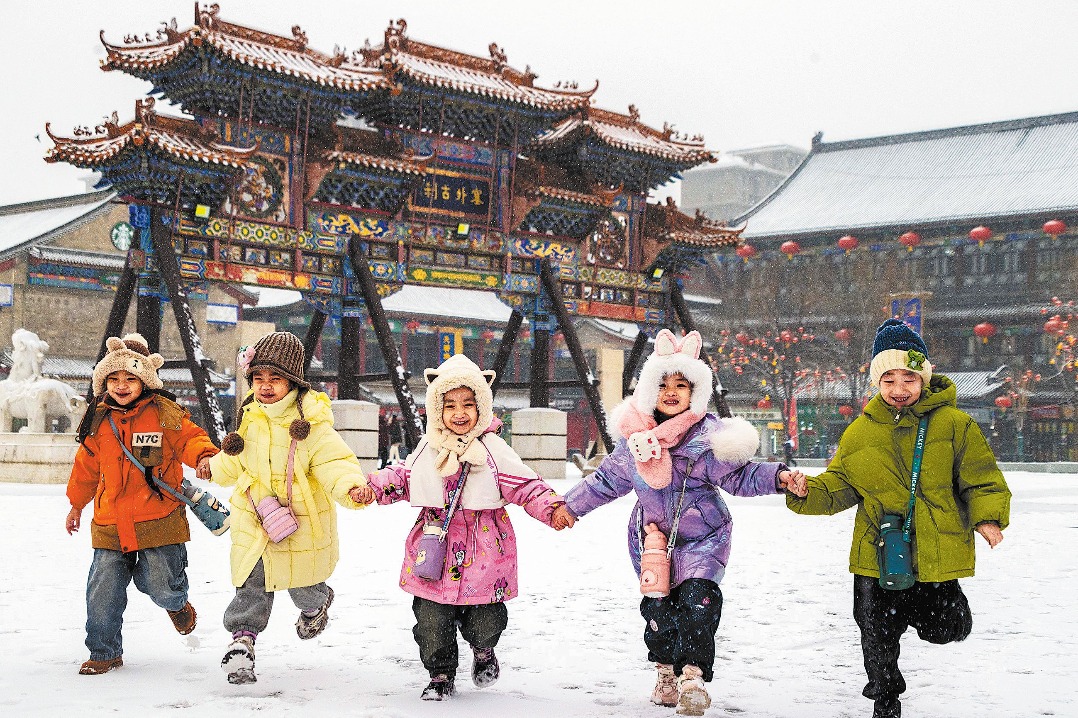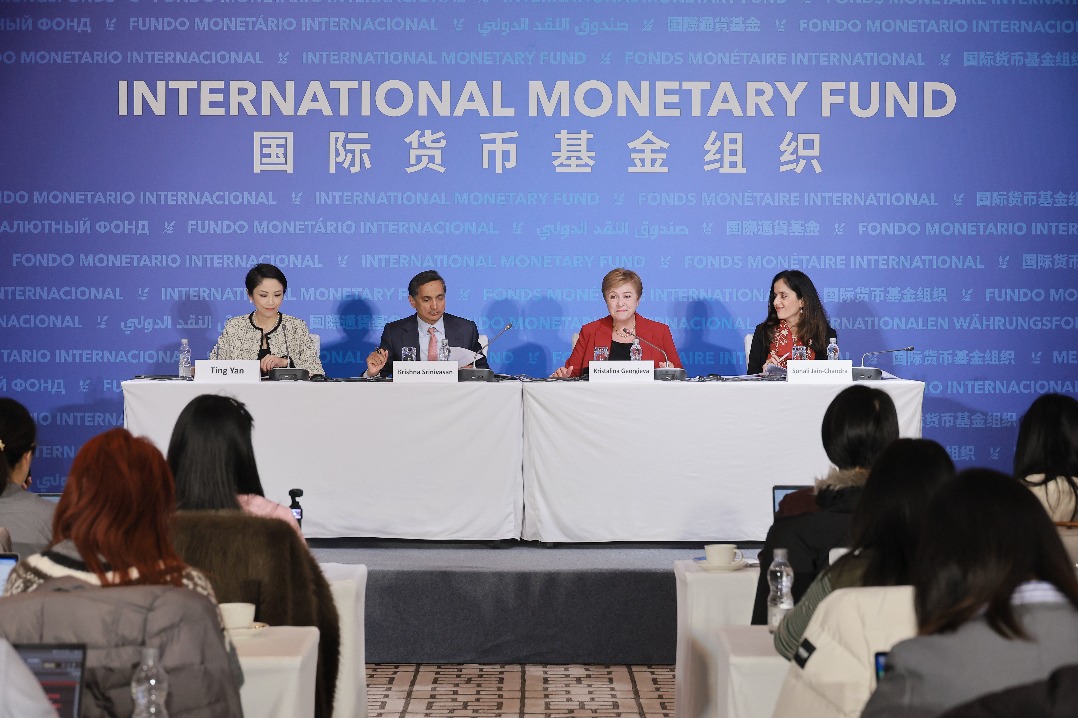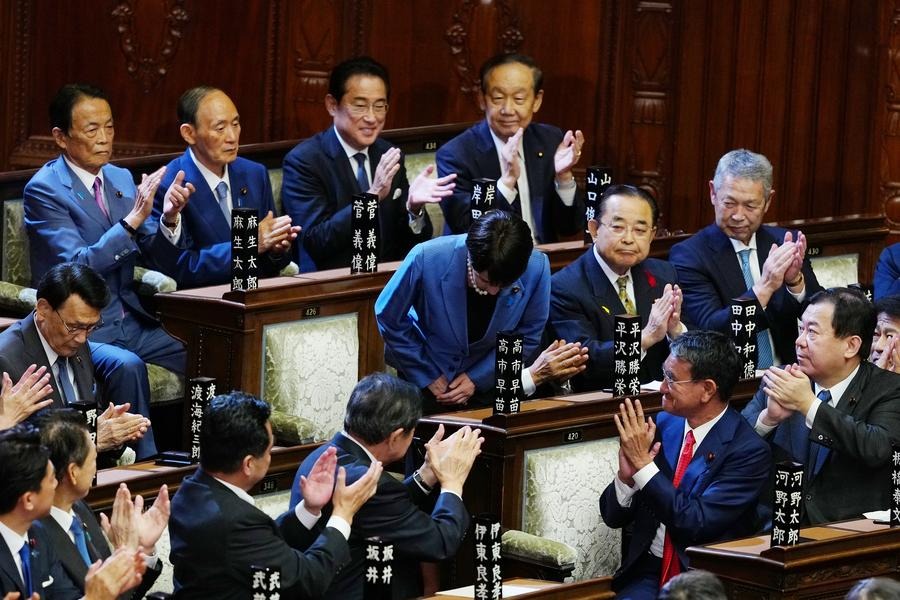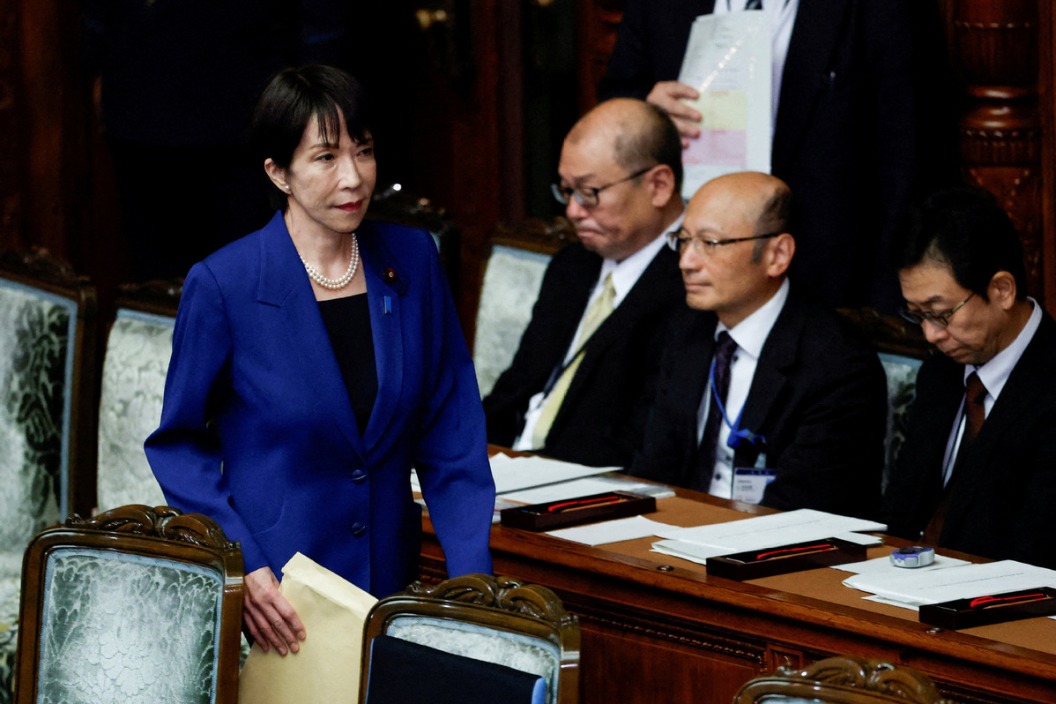Make China's recovery green, inclusive


April economic activity data released last Friday revealed mixed news about China's recovery from the coronavirus-induced economic downturn. The good news is that industrial production and trade recovered more strongly than expected following the serious shock of the first quarter. The bad news is retail sales were even weaker than hoped and investment recovered gradually, mostly driven by resilient real estate investments with manufacturing and infrastructure investment remaining weak.
The implications are clear: While the roll back of social distancing measures has eased supply side constraints, the problem now is weak demand. A sharp decline in household incomes and rising unemployment continue to weigh heavily on consumer spending. Tellingly, faced with a steep decline in disposable incomes, Chinese families have slashed consumer spending even more, increasing their savings. At the same time, strained corporate revenue and uncertainty bode poorly for private investment and the April bounce in exports will likely be temporary, as demand for Chinese goods from the rest of the world is expected to drop amid a deepening global recession.
To sustain the recovery, China's economy needs stronger policy support to lift domestic demand. And while China has room for further monetary easing, as elsewhere the situation calls for more proactive fiscal policy. Finance Minister Liu Kun said as much last week, pledging additional fiscal support to stem downward pressure on growth. Many eyes are now turned to the two sessions starting later this week to obtain cues on the size of additional fiscal support.
How to spend may be as important as how much to spend. China's fiscal stimulus should be aligned with its medium-term objectives of rebalancing the economy toward more inclusive and greener growth. This suggests that the priority this time around needs to be enhancing China's social safety nets and investing in accelerating the transition toward a carbon-neutral, more resource-efficient and competitive economy.
Expanding social safety nets-especially for those that fall outside the formal systems, like migrant workers-is smart social policy, but it also makes economic sense. It would not only help protect workers and households from the distress caused by job and income losses but also mitigate lasting weakness in private consumption. That is because the poor and vulnerable in China, unlike in many other countries, save a lot precisely because they fear that in times of crisis they have only their savings to rely on. Providing them with a stronger social safety net could ensure that additional social transfers are spent rather than saved. While some fear that too generous benefits may create welfare dependency and reduce incentives to work, China is far away from this risk at present.
China has already expanded social protection programs to migrant workers, increased social assistance benefits for the poor and vulnerable, provided social insurance contribution holidays, and mobilized its sizable unemployment insurance fund to help the unemployed. While this is welcome, we estimate China has spent less than 0.7 percent of GDP on additional social transfers so far. China could use its fiscal space to further scale up coverage and increase benefits of key programs, including dibao (minimum livelihood guarantee) program and rural pension benefits. Enhancing the use of job loss insurance claims, and providing more funding for active labor market programs and training would also help mitigate labor market impacts.
On the revenue side, removing minimum social security contributions for low income households would increase net incomes and discourage informality. Such fiscal support would be even stronger if complemented with regulatory reforms to improve the flexibility of labor markets. For instance, further reforming the household registration system-as envisaged by recent policy announcements-would facilitate the movement of workers to the new jobs and ensure migrants have full access to social security and public services. Municipal governments that would bear the cost could be supported with direct fiscal transfers, allowing time for new economic activity to generate the tax revenues to finance these additional obligations.
China faces significant investment needs to ensure its future growth is environmentally more sustainable. The post-crisis recovery is an opportunity to accelerate the shift to a greener growth path. This means greening overall public investment by adhering to sound environmental standards. It also means refraining from investments in carbon-intensive infrastructure-for example coal fired thermal power plants-which would lock in dependence on fossil fuels and likely become stranded assets.
Finally, and most importantly, it means increasing the share of investments in green infrastructure.
There are many projects at the provincial and city levels that could satisfy these criteria, but they require explicit central government support as their pure financial returns are often less attractive than the traditional alternative-particularly the extensive land-based financing projects that characterized China's stimulus after the 2008 global financial crisis. The new, green infrastructure we have in mind includes energy efficient housing retrofits and rooftop solar installations, especially in public buildings, electric vehicle charging infrastructure, soil restoration (particularly in city centers that are undergoing rapid structural change), reforestation and forest and landscape management, as well as green city infrastructure such as solid waste management and low-carbon urban transport.
Such investments could be rolled out quickly and they would help create local jobs in design firms, equipment suppliers, and construction companies while contributing to building long term assets for a cleaner and greener China. Regulatory and tariff reforms could ensure financial sustainability of these assets and attract private investment to complement government funding. And as land values increase by making cities greener, local governments would have a chance to recoup some of their outlays later.
The COVID-19 crisis has painfully exposed the deep-seated fragilities of our modern societies. We now have an important opportunity to put in place policies to engender a recovery that is not only economically strong, but also more socially inclusive and environmentally sustainable. China could lead by example.
Martin Raiser is the World Bank's country director for China. And Sebastian Eckardt is the World Bank's lead economist for China. The views don't necessarily represent those of China Daily.


































